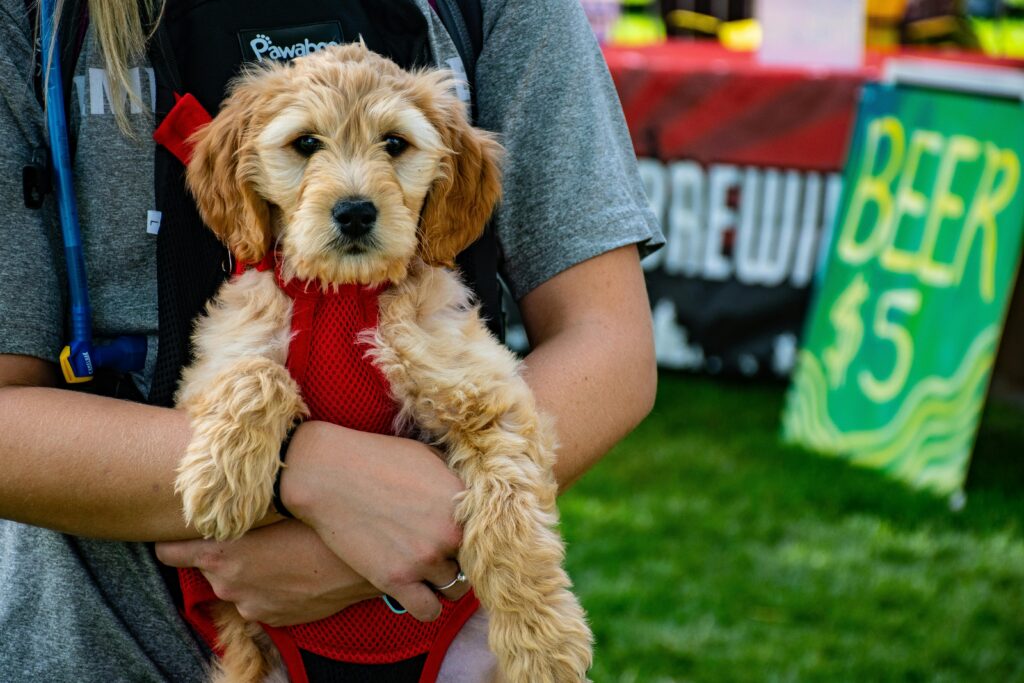
Keeping your puppy at a healthy weight is essential for their overall well-being and long-term health. Just like humans, puppies can struggle with weight issues, which can lead to serious health complications if not addressed early. This blog will help you identify the signs and solutions for puppy obesity and offer tips to keep your furry friend active, happy, and healthy.
How to Tell If Your Puppy is Overweight
One of the first signs of puppy obesity is a noticeable lack of definition in their waistline. If you look down at your puppy from above and don’t see an inward curve behind the ribs, your puppy might be overweight. You should also be able to feel their ribs without pressing too hard—if you can’t, excess fat may be the reason. Other signs include sluggish behavior, difficulty exercising, and excessive panting during short walks.
Common Causes of Puppy Obesity
Overfeeding is one of the most common causes of puppy obesity. Many pet owners mistakenly equate feeding with love and may offer too many treats or give larger portions than necessary. Lack of exercise also contributes to weight gain. Puppies need regular activity to burn calories and develop healthy muscles. In some cases, underlying health issues or hormonal imbalances can also lead to weight problems, so it’s important to consult a vet if weight gain is sudden or unexplained.
Health Risks Associated with Puppy Obesity
Obesity in puppies can lead to a wide range of health issues, including joint problems, heart disease, diabetes, and decreased immunity. Overweight puppies are also at risk of developing arthritis at a young age, which can reduce their mobility and quality of life. Carrying extra weight can put undue stress on their developing bones and organs, leading to long-term damage.
Solutions for Puppy Obesity
One of the most effective solutions for puppy obesity is portion control. Use a measuring cup to serve consistent, accurate food amounts based on your puppy’s weight, age, and activity level. Opt for high-quality puppy food that meets AAFCO standards and avoid feeding table scraps or high-calorie treats. Replace fatty snacks with low-calorie options like carrot sticks or specially-formulated training treats.
Exercise Routines to Help Your Puppy Lose Weight
Physical activity plays a critical role in managing your puppy’s weight. Start with daily short walks and gradually increase the distance and duration. Play interactive games like fetch or tug-of-war to keep your puppy moving and mentally stimulated. Incorporate obstacle courses or puzzle toys to encourage movement and problem-solving at the same time.
When to Consult a Vet
If you’re unsure about your puppy’s weight or how to create a weight loss plan, consult your veterinarian. They can help determine whether your puppy is overweight and recommend a tailored feeding and exercise regimen. They may also check for any underlying medical issues contributing to weight gain.
Final Thoughts
Recognizing the signs and solutions for puppy obesity early can save your pet from many health problems in the future. With the right diet, exercise routine, and veterinary guidance, you can ensure your puppy stays fit and full of life. A healthy puppy is a happy puppy—so start making small changes today that will make a big difference tomorrow.
